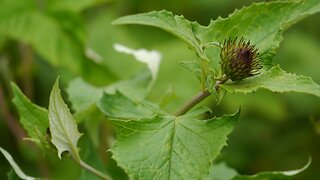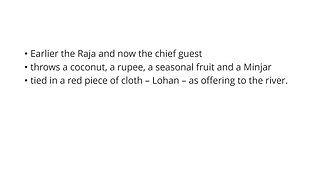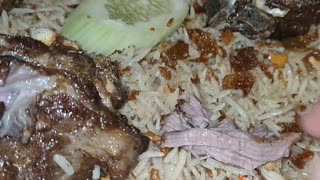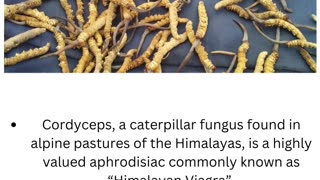What is Malabar Madhu Malati?
#climbingvine #indianvines #masonwilliams #hereamI
Combretum malabaricum, commonly known as Malabar Madhu Malati, is a flowering vine native to the Western Ghats region of India. Here's everything you need to know about this plant:
Botanical Description: Malabar Madhu Malati is a woody, climbing vine that can reach a height of up to 10 meters. It has long, twining stems that help it climb and attach to surrounding vegetation or structures. The leaves are simple, opposite, and ovate with pointed tips. They are usually green and smooth.
Flowers: The flowers of Malabar Madhu Malati are one of its most striking features. They are small, tubular, and fragrant, with a beautiful pale yellow color. The flowers are arranged in clusters or inflorescences, which arise from the leaf axils. The blooming period typically occurs during the summer and early monsoon seasons.
Distribution and Habitat: This species is endemic to the Western Ghats, a mountain range along the western coast of India. It is found in the states of Kerala, Karnataka, Maharashtra, and Tamil Nadu. Malabar Madhu Malati grows in various habitats, including moist deciduous forests, semi-evergreen forests, and along the edges of streams and rivers.
Ecological Significance: Malabar Madhu Malati plays a vital role in the ecosystem it inhabits. The flowers attract a variety of pollinators, such as bees, butterflies, and birds, which help in the plant's reproduction. The vine also provides cover and nesting sites for birds and small mammals.
Medicinal Uses: In traditional medicine, various parts of Malabar Madhu Malati are used for their medicinal properties. The leaves and stems are believed to possess anti-inflammatory, anti-diabetic, and anti-microbial properties. They are used in the treatment of wounds, skin diseases, and fever. However, it's important to note that further scientific research is needed to validate these traditional uses.
Cultivation: Malabar Madhu Malati can be grown as an ornamental plant in tropical and subtropical regions. It thrives in well-draining soil with moderate moisture. The vine requires support for climbing, so it can be trained on trellises, fences, or other structures. It prefers a sunny to partially shaded location.
Conservation Status: The Western Ghats, including the regions where Malabar Madhu Malati is found, is recognized as a biodiversity hotspot. Due to habitat loss and fragmentation, this species is facing threats in its natural range. It is important to protect and conserve the habitats where it occurs to ensure its long-term survival.
-
 0:44
0:44
markkahl300
1 year agoPure Himalayan Shilajit
153 -
 1:06
1:06
iHerbal Origin - Natural Healing!
11 months agoSaussurea Costus Root (Qist al-Hindi)
19 -
 2:06
2:06
NO SHORTCUT
1 year agoMinijar Mela
2 -
 0:28
0:28
Foodcompany
1 year agoHyderabad Arabian Mutton Mandi Biryani 🤤🤤
10 -
 0:59
0:59
The Last Capitalist in Chicago
1 year agoWhat is Himalayan Viagra?
691 -
 0:39
0:39
JokoSuratno
1 year agoKhasiat madu
1 -
 0:15
0:15
markkahl300
1 year agoPure Himalayan Shilajit
77 -
 0:05
0:05
markkahl300
1 year agoPure Himalayan Shilajit
60 -
 3:01
3:01
Sarkarnama
1 year agoSadabhau Khot यांच्या पवित्र्यामुळे अधिकाऱ्यांची धावपळ, बघा काय घडलं ? | Maharashtra | Sarkarnama
-
 0:03
0:03
markkahl300
1 year agoPure Himalayan Shilajit
85